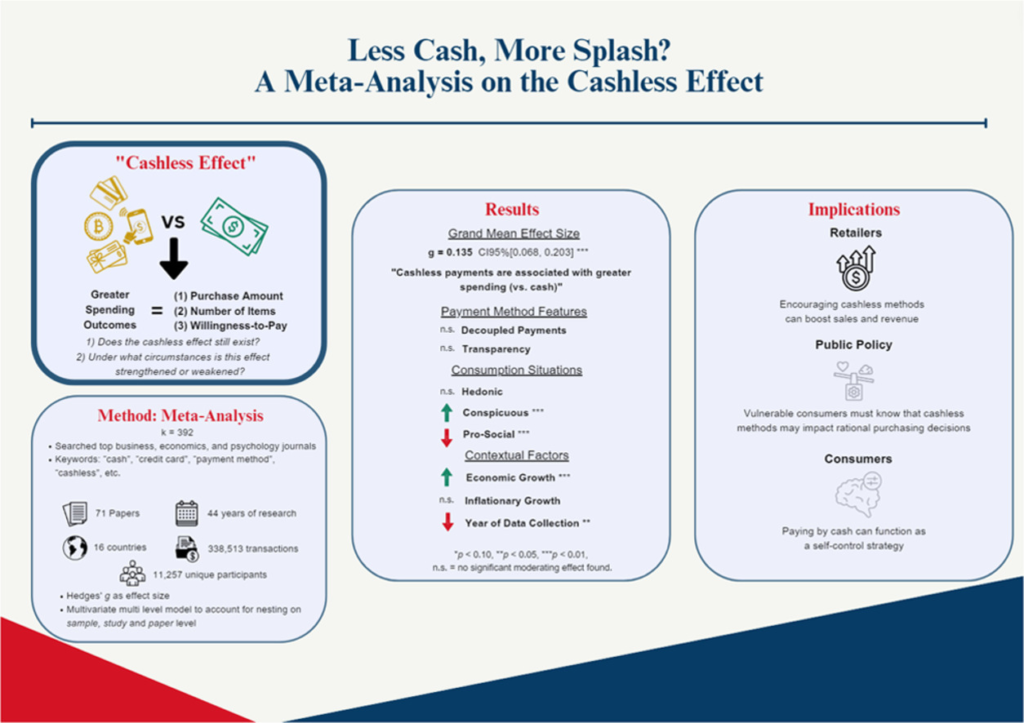Tina Fey’s Bossypants was one of the top 5 books I read this year (that I listened to, actually, but I don’t make the distinction). It’s a great mix of sharp humour, personal anecdotes, and insightful commentary on life and the entertainment industry.
One part I think of frequently is Fey’s ‘rules of improvisation’. They’re succinct, clear, and applicable to lots of different aspects of life. I’ve thought of it frequently when playing with my kids (although with them I do break rule three more frequently).
Always agree (say ‘Yes’)
When you’re improvising, this means you are required to agree with whatever your partner has created. […]
Now, obviously in real life you’re not always going to agree with everything everyone says. But the Rule of Agreement reminds you to “respect what your partner has created” and to at least start from an open-minded place. Start with a YES and see where that takes you.
Agree and then add something of your own (say, ‘Yes, and’)
If I start a scene with “I can’t believe it’s so hot in here,” and you just say, “Yeah…” we’re kind of at a standstill. But if I say, “I can’t believe it’s so hot in here,” and you say, “What did you expect? We’re in hell.” […] now we’re getting somewhere.
To me YES, AND means don’t be afraid to contribute. It’s your responsibility to contribute. Always make sure you’re adding something to the discussion. Your initiations are worthwhile.
Make statements
This is a positive way of saying “Don’t ask questions all the time.” If we’re in a scene and I say, “Who are you? Where are we? What are we doing here? What’s in that box?” I’m putting pressure on you to come up with all the answers.
In other words: Whatever the problem, be part of the solution. Don’t just sit around raising questions and pointing out obstacles. We’ve all worked with that person. That person is a drag.
There are no mistakes, only opportunities
If I start a scene as what I think is very clearly a cop riding a bicycle, but you think I am a hamster in a hamster wheel, guess what? Now I’m a hamster in a hamster wheel. I’m not going to stop everything to explain that it was really supposed to be a bike.
Who knows? Maybe I’ll end up being a police hamster who’s been put on “hamster wheel” duty because I’m “too much of a loose cannon” in the field. In improv there are no mistakes, only beautiful happy accidents. And many of the world’s greatest discoveries have been by accident.


